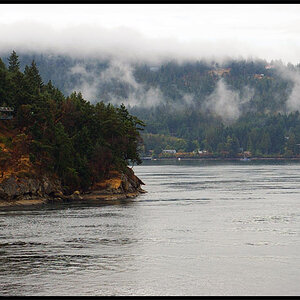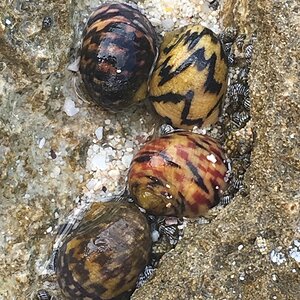TJ K
No longer a newbie, moving up!
- Joined
- Sep 9, 2008
- Messages
- 2,093
- Reaction score
- 1
- Location
- Sunny South Florida
- Can others edit my Photos
- Photos NOT OK to edit
Ok so does it really matter if it's just like a 5 dollar tube on ebay? It has no optics or anything in it it's just for space so it shouldn't matter if it's good or not right? 80 dollars just seems crazy for a gap. It will just be to mess around. Thanks
tj
tj


![[No title]](/data/xfmg/thumbnail/37/37540-73002ccb910b97978bc38658622a34d3.jpg?1619738133)
![[No title]](/data/xfmg/thumbnail/37/37520-d3e4d6582aa2781be7abf64e8651db45.jpg?1619738128)
![[No title]](/data/xfmg/thumbnail/37/37170-3e18af574ed51cce5bdf99af9d3cab40.jpg?1619737908)


![[No title]](/data/xfmg/thumbnail/40/40312-7470c3c8f9e3a40e6b44c423096f188d.jpg?1619739414)
![[No title]](/data/xfmg/thumbnail/37/37519-6093821531f744039f3ac2b3e30c7dbf.jpg?1619738128)
![[No title]](/data/xfmg/thumbnail/36/36658-525087f40e1bdbfe8b995ce4296ef4a6.jpg?1619737675)

![[No title]](/data/xfmg/thumbnail/37/37539-ae46a74e6510aad73c9101a029847880.jpg?1619738133)

